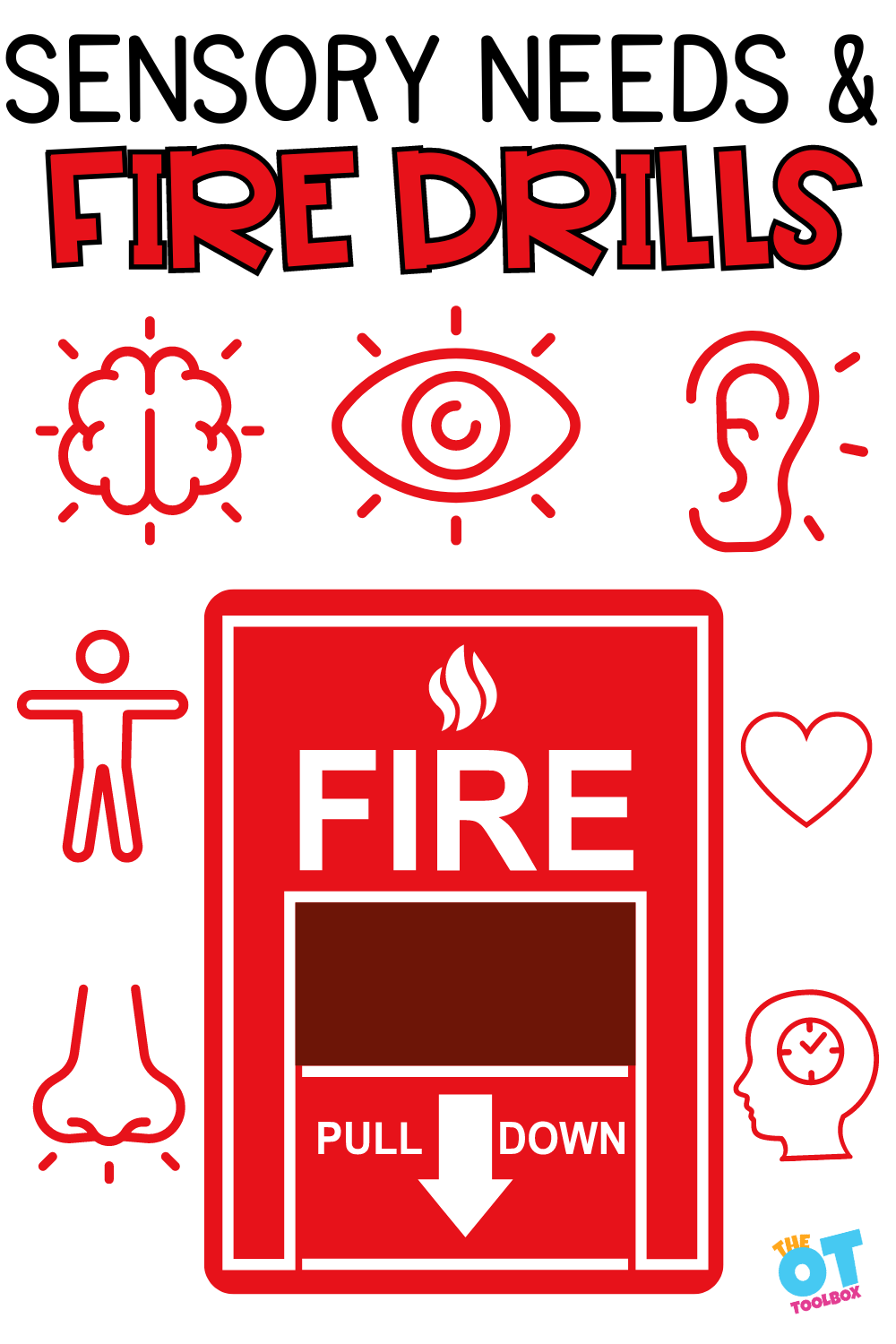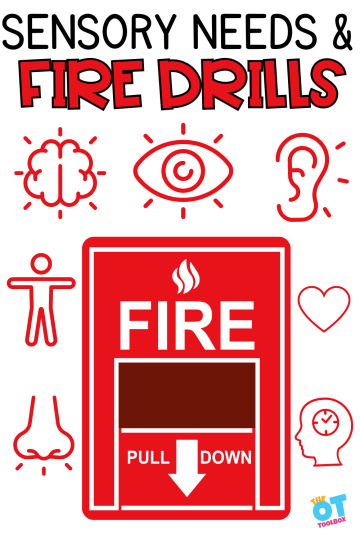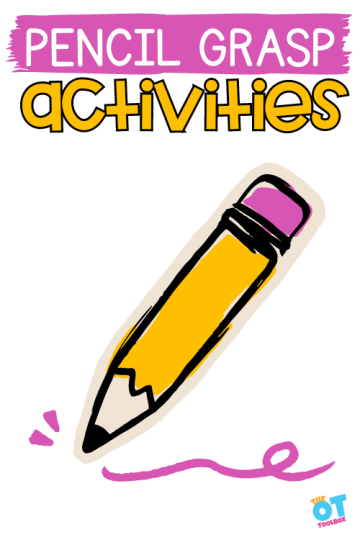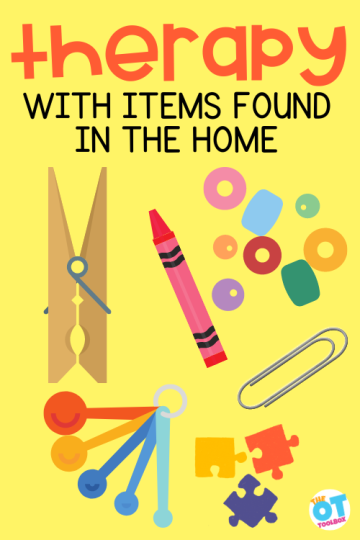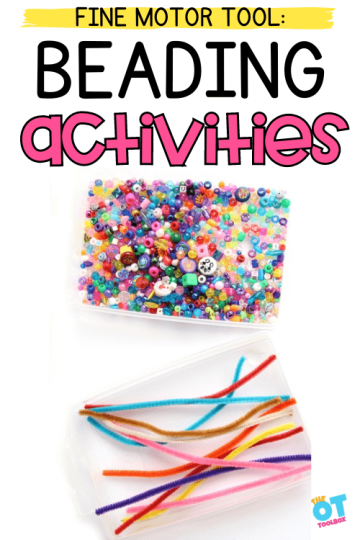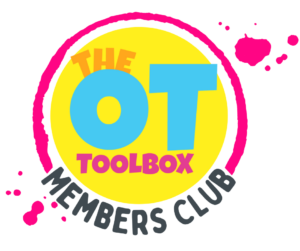This blog post on positive self talk for kids covers how self-talk is a powerful tool in supporting mindset. We’ll also include a positive self talk activity that you can create with kids in therapy sessions or at home as a support tool. Positive self talk is a great coping tool kids for kids, too.
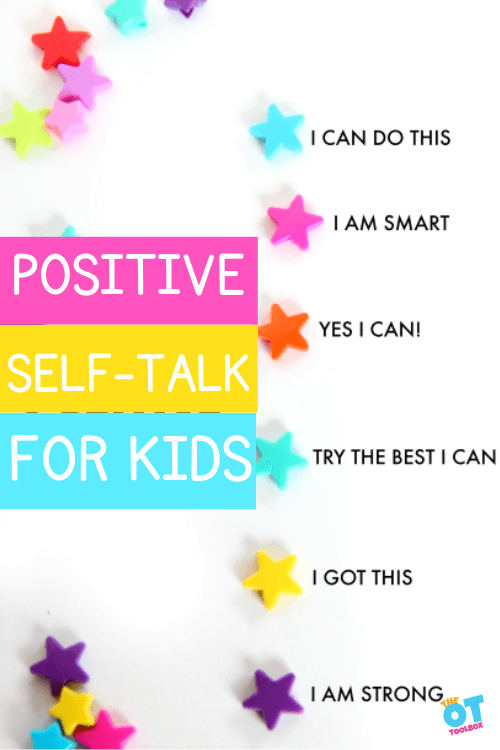
Make a positive self talk kids craft with colorful beads.
Positive Self Talk for Kids
Positive self talk can make a big difference for kids! From seeing that big test in front of them, to walking into a new classroom full of strangers, to gearing up for a big game…kids can become overwhelmed and stressed out from daily tasks.
Each of these situations can be a source of worries that impact functional performance. When the worries become too much, a self-regulation support may be needed.
One such tool is the use of positive self talk.
Teaching kids positive self talk can be a minor tool to use in building confidence, easing anxiety, and helping with attention and focus. As a mom and an occupational therapist, I’ve seen the power of positive self-talk in my own kids and therapy clients.
These self-talk beads are a fun way to show kids how to use positive self talk to their advantage!
This post is part of our series on executive functioning skills and just one tool to have in your toolbox when helping kids build the skills they need for function and independence!
Self-talk is a powerful tool when it comes to self-regulation because of the self awareness component and knowing when to implement self regulation strategies.
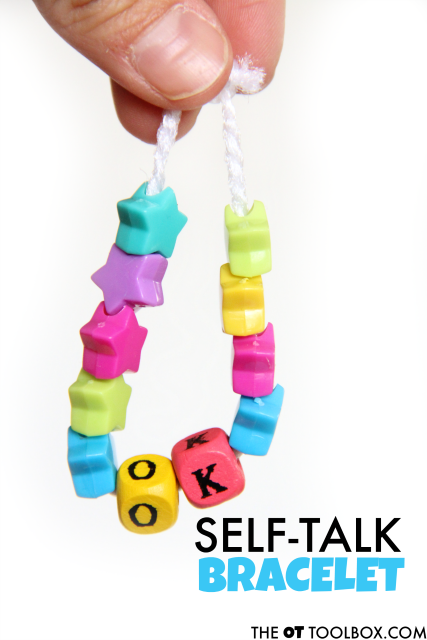
Teach Kids Positive Self Talk
Positive self talk for kids
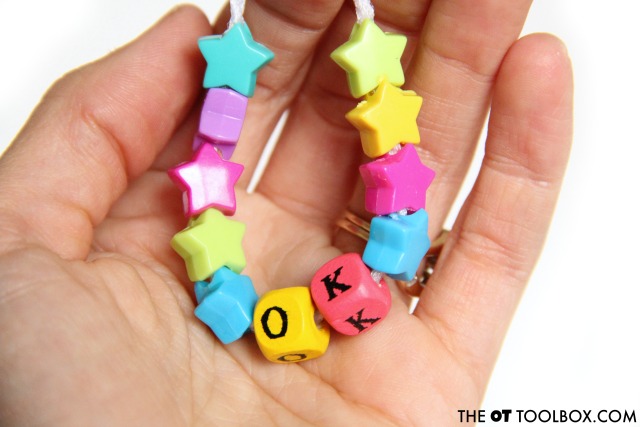
How to make positive self-talk bracelets
- Yarn
- Wooden Alphabet Beads
- Star Beads
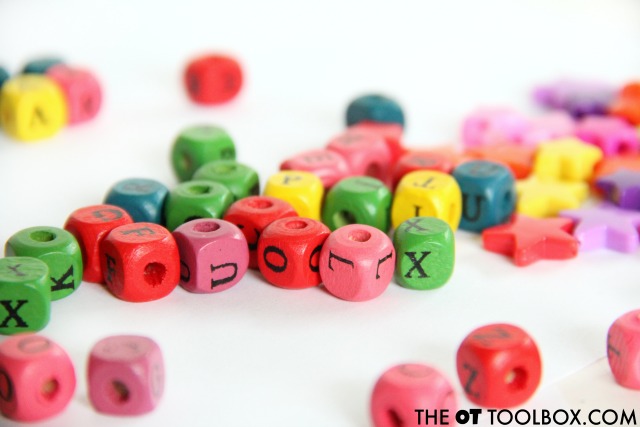
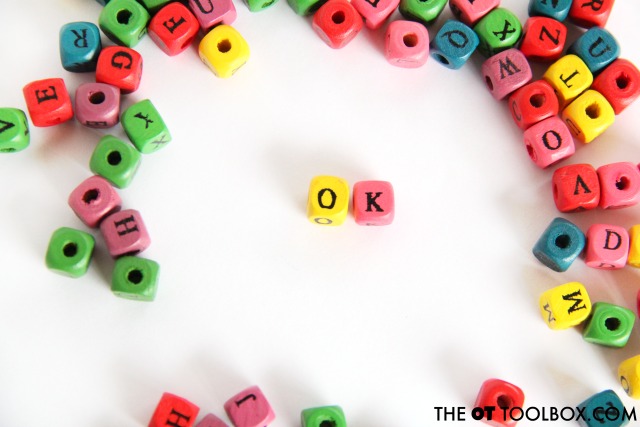

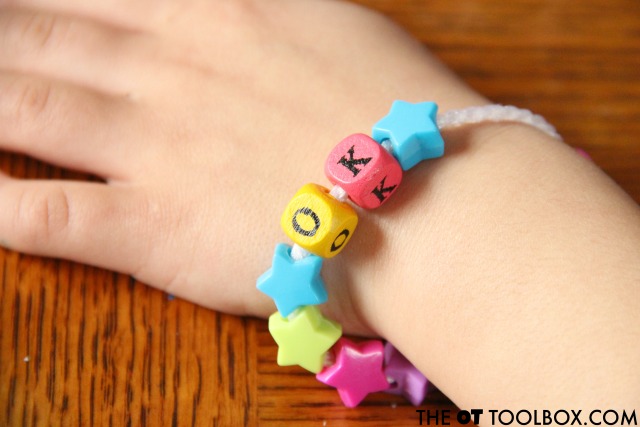
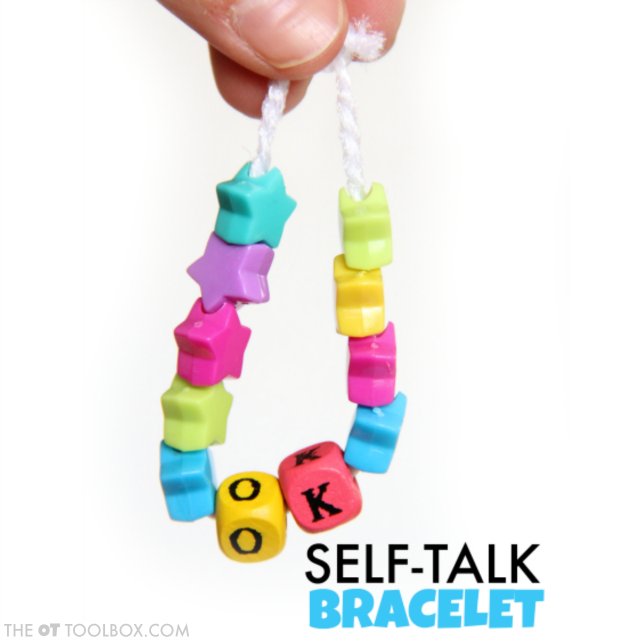
Positive Self-Talk for Kids Information
As therapy providers, it’s essential to understand the concept of “private speech.” This is an easy way for our clients to understand the self-talk concepts they run through their head are a kind of private conversation they have with themselves during tricky situations or tasks.
This concept of private speech was introduced by Les Vygotsky, a psychologist who studied “private speech,” which is when individuals talk to themselves during problem-solving or task completion.
He argued that this self-talk plays a crucial role in cognitive development during childhood.
Private speech, or self-talk, is simply talking to oneself, a practice that everyone engages in, although it’s often considered unusual when done aloud. The goal is to help children externalize their private speech, gradually internalizing it over time.
In therapy, we encourage children to use private speech as a tool. It’s like talking through a problem, which is easy for a child to understand.
However, if private speech turns into verbal speech, or if a child is using private speech about a task that was previously mastered, it could indicate that the child is facing challenges or confusion with the activity. Remember, we all talk to ourselves, especially when we’re tackling difficult tasks. So, encourage your child to use their self-talk and let them know it’s a helpful tool for growth and learning.

Colleen Beck, OTR/L has been an occupational therapist since 2000, working in school-based, hand therapy, outpatient peds, EI, and SNF. Colleen created The OT Toolbox to inspire therapists, teachers, and parents with easy and fun tools to help children thrive. Read her story about going from an OT making $3/hour (after paying for kids’ childcare) to a full-time OT resource creator for millions of readers. Want to collaborate? Send an email to contact@theottoolbox.com.

